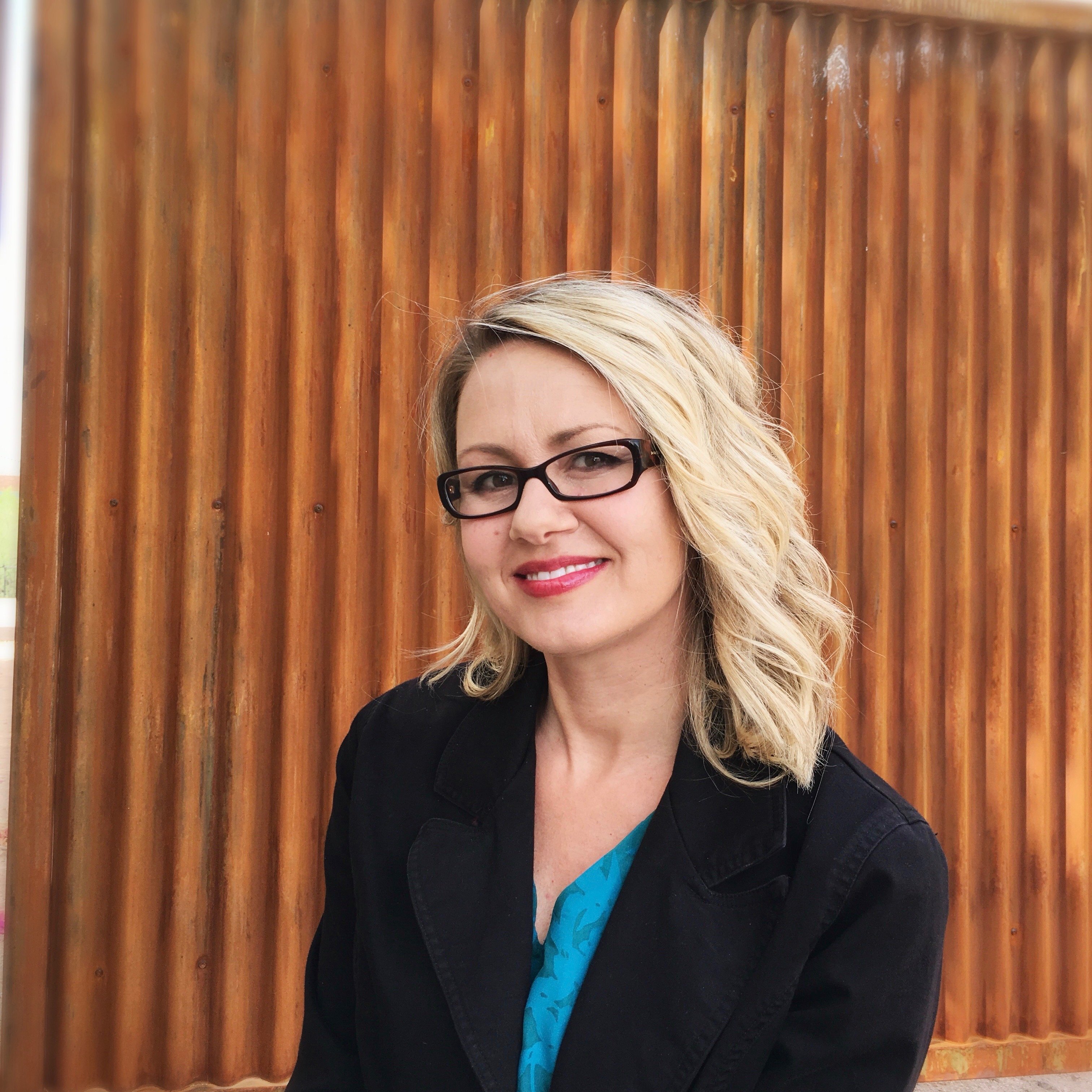Tucson Neighborhoods Persevere to Keep Community Gardens Thriving
Creating and maintaining a community garden is much more than picking up a shovel and moving dirt around. The AZ Daily Star recently reported on some of the great lengths that some Tucson neighborhoods go through to ensure the community has public places to grow their veggies.
Rita Ranch resident Elizabeth Smith told the Star that she wanted to start a community garden in the city-owned Purple Heart Park. Upon learning of the department’s policy that they would not be responsible for the $60,000 costs even though they agreed to the garden, it was too much for Smith and others to endure. She ended up finding a privately owned acre of land to work with instead.
Neighborhoods such as Iron Horse in Downtown Tucson and Rincon Heights have established their own community gardens and have managed to do so without overwhelming costs. Realizing the area demographics might not be able to pay rental dues, Iron Horse was able to make arrangements with Tucson officials to use the land without rent or water expense. Meanwhile, Rincon Heights rents garden space from The University of Arizona for a yearly charge of $10 in exchange for allowing students to use the garden.
Another challenge public gardens face can be seen in the dwindling participation, which is what happened to Case Community Gardens in Case Natural Resource Park. These East Tucson gardens initially saw frequent interest from residents, but now the people in charge have to ask local churches and students to help with upkeep.
Though smaller gardens often feel the struggle to flourish, other gardens like the Civano Community Garden in Southeast Tucson are structured with a committee to oversee activities and maintain a garden full of fruits and herbs for residents to pick. This community garden often has a waiting list to participate in its 48 plots.

